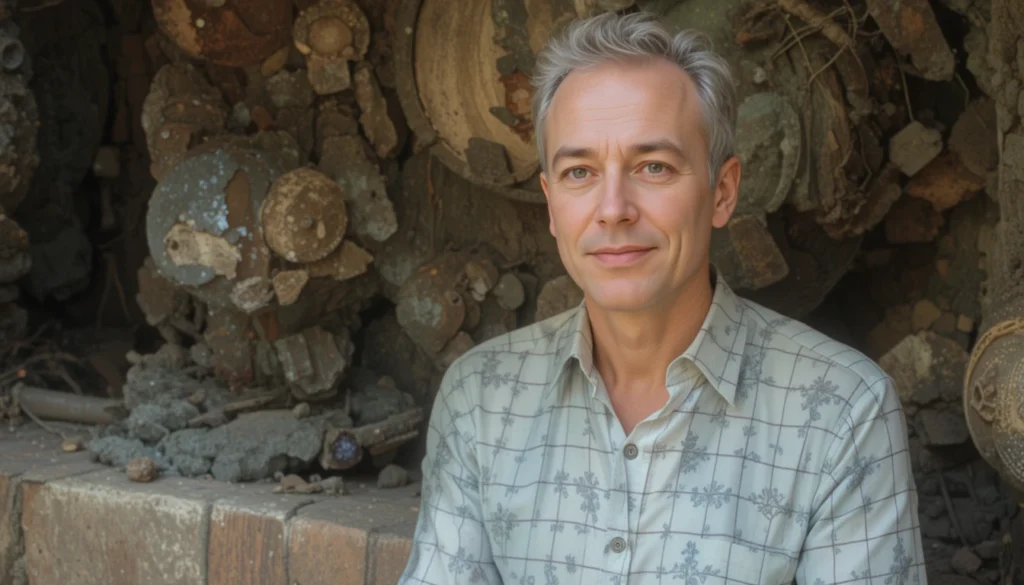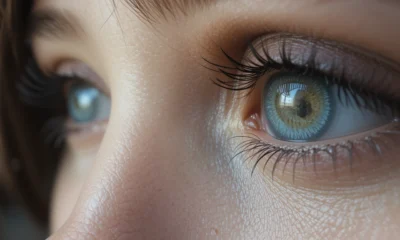Mindfulness
Mindfulness : It’s Not a Magic Cure, But It’s a Life-Changer

Mindfulness : It’s Not a Magic Cure, But It’s a Life-Changer
Mindfulness is often misunderstood as a quick fix for life’s challenges. While it’s not a magical cure, it’s a powerful tool that helps you see life more clearly. By practicing mindfulness, you gain the ability to recognize your emotions, understand your circumstances, and make better decisions. This clarity can lead to meaningful, life-changing improvements over time.
What Is Mindfulness?
Mindfulness is the practice of being fully present in the moment, aware of your thoughts, feelings, and surroundings without judgment. It’s about observing your experiences as they are, rather than getting caught up in them or trying to change them. This simple yet profound practice has roots in ancient meditation traditions but has gained widespread popularity in modern psychology and wellness practices.

At its core, mindfulness is about paying attention. It’s not about emptying your mind or achieving a state of eternal calm. Instead, it’s about noticing what’s happening within and around you, whether it’s pleasant or uncomfortable. This awareness can help you respond to life’s challenges with greater clarity and intention.
Why Mindfulness Isn’t a Magic Cure
Many people turn to mindfulness hoping it will instantly solve their problems, eliminate stress, or bring happiness. While mindfulness can be incredibly beneficial, it’s not a quick fix. It doesn’t erase pain, anxiety, or difficult emotions. Instead, it helps you see these experiences more clearly, allowing you to navigate them with greater understanding and compassion.
For example, if you’re feeling anxious, mindfulness won’t make the anxiety disappear. However, it can help you recognize the anxiety without being overwhelmed by it. This shift in perspective can make a significant difference in how you handle challenging situations. Mindfulness is a tool, not a miracle, and its true power lies in how you use it.
How Mindfulness Changes Your Perspective
One of the most transformative aspects of mindfulness is the clarity it brings. Imagine walking through life with a blindfold on, bumping into obstacles and feeling lost. Mindfulness is like removing that blindfold. Suddenly, you can see your surroundings, understand your emotions, and recognize the choices available to you.

This clarity doesn’t solve your problems, but it empowers you to make better decisions. For instance, if you’re in a stressful situation, mindfulness can help you pause and consider your options rather than reacting impulsively. Over time, this ability to respond thoughtfully can lead to significant improvements in your relationships, work, and overall well-being.
The Science Behind Mindfulness
Research has shown that mindfulness can have a profound impact on the brain and body. Studies suggest that regular mindfulness practice can reduce stress, improve focus, and even enhance emotional regulation. It’s been linked to changes in brain regions associated with attention, memory, and self-awareness.
For example, mindfulness has been found to reduce activity in the amygdala, the part of the brain responsible for the “fight or flight” response. This can help you feel calmer and more in control during stressful situations. Additionally, mindfulness has been shown to increase gray matter in the prefrontal cortex, which is involved in decision-making and self-control.
Practical Ways to Practice Mindfulness
Mindfulness doesn’t require hours of meditation or special equipment. It can be practiced in simple, everyday ways. One common method is mindful breathing, where you focus on your breath and notice the sensations of inhaling and exhaling. This can be done for just a few minutes a day and can help you feel more grounded.

Another approach is mindful observation, where you pay close attention to your surroundings. For example, you might notice the colors, textures, and sounds around you during a walk. Even mundane activities like washing dishes or eating a meal can become opportunities for mindfulness if you focus on the experience fully.
Common Misconceptions About Mindfulness
One of the biggest misconceptions about mindfulness is that it’s about achieving a state of constant peace or happiness. In reality, mindfulness is about accepting whatever is present, whether it’s joy, sadness, anger, or boredom. It’s not about avoiding negative emotions but about experiencing them without judgment.
Another misconception is that mindfulness requires a lot of time or effort. While formal meditation practices can be beneficial, mindfulness can also be incorporated into daily life in small, manageable ways. Even a few minutes of mindful breathing or observation can make a difference.
The Long-Term Benefits of Mindfulness
While mindfulness isn’t a quick fix, its long-term benefits can be life-changing. Over time, regular practice can help you develop greater self-awareness, emotional resilience, and a deeper sense of calm. It can also improve your relationships by helping you communicate more effectively and respond to others with empathy.

For example, mindfulness can help you become more aware of your triggers and patterns, allowing you to break free from habitual reactions. This can lead to healthier habits, better decision-making, and a more fulfilling life. The key is consistency—mindfulness is most effective when practiced regularly over time.
Mindfulness in Everyday Life
Mindfulness isn’t just for meditation cushions or yoga mats. It can be integrated into every aspect of your life. For instance, you can practice mindfulness while commuting by paying attention to the sights and sounds around you. You can also practice it at work by focusing fully on one task at a time, rather than multitasking.
Even in challenging situations, mindfulness can help. For example, if you’re having a difficult conversation, mindfulness can help you stay present and listen actively, rather than getting caught up in your own thoughts or emotions. This can lead to more meaningful and productive interactions.
Conclusion
Mindfulness isn’t a magic cure, but it’s a powerful tool that can transform your life. By helping you see things more clearly, it empowers you to make better decisions and navigate challenges with greater ease. While it requires practice and patience, the long-term benefits are well worth the effort. Whether you’re new to mindfulness or have been practicing for years, it’s never too late to embrace this life-changing practice.
FAQs
1. Can mindfulness help with chronic pain?
While mindfulness won’t eliminate chronic pain, it can change how you relate to it. By focusing on the present moment and observing your pain without judgment, you may find that it becomes more manageable. Mindfulness can also reduce the stress and anxiety often associated with chronic pain.
2. Is mindfulness a religious practice?
Mindfulness has roots in Buddhist meditation, but it’s not inherently religious. It’s a secular practice that can be adapted to fit any belief system. Many people practice mindfulness purely for its mental and emotional benefits, without any spiritual or religious context.
3. How long does it take to see results from mindfulness?
The effects of mindfulness can vary from person to person. Some people notice benefits after just a few sessions, while others may take weeks or months to see significant changes. Consistency is key—regular practice is more important than the length of each session.
4. Can children practice mindfulness?
Yes, mindfulness can be beneficial for children as well. It can help them develop focus, emotional regulation, and resilience. There are many mindfulness exercises designed specifically for kids, such as mindful breathing or simple body scans.
5. What if I find it hard to stay focused during mindfulness practice?
It’s completely normal to struggle with focus, especially when you’re just starting out. The goal of mindfulness isn’t to eliminate distractions but to notice them and gently bring your attention back to the present moment. Over time, this practice can help improve your focus and concentration.

-

 Spiritual Meanings1 year ago
Spiritual Meanings1 year agoWhat is the spiritual significance of a baby born with teeth?
-

 Dream Meanings9 months ago
Dream Meanings9 months agoWhat does it mean to dream about being in jail? Exploring the spiritual significance of imprisonment in dreams
-

 Spiritual Meanings1 year ago
Spiritual Meanings1 year agoThe Symbolism of a Tree Branch Falling: A Sign from the Universe
-

 Spiritual Meanings2 years ago
Spiritual Meanings2 years agoWhy do I keep seeing red cars everywhere? Exploring the spiritual symbolism behind this phenomenon
-

 Spiritual Meanings2 years ago
Spiritual Meanings2 years agoWhat is the spiritual meaning of heart palpitations?



















